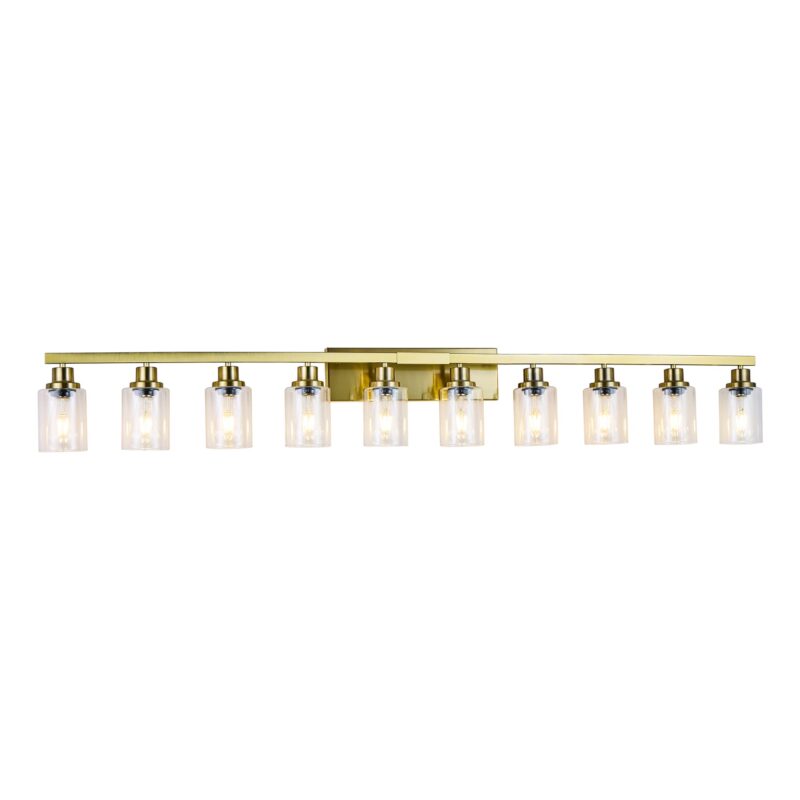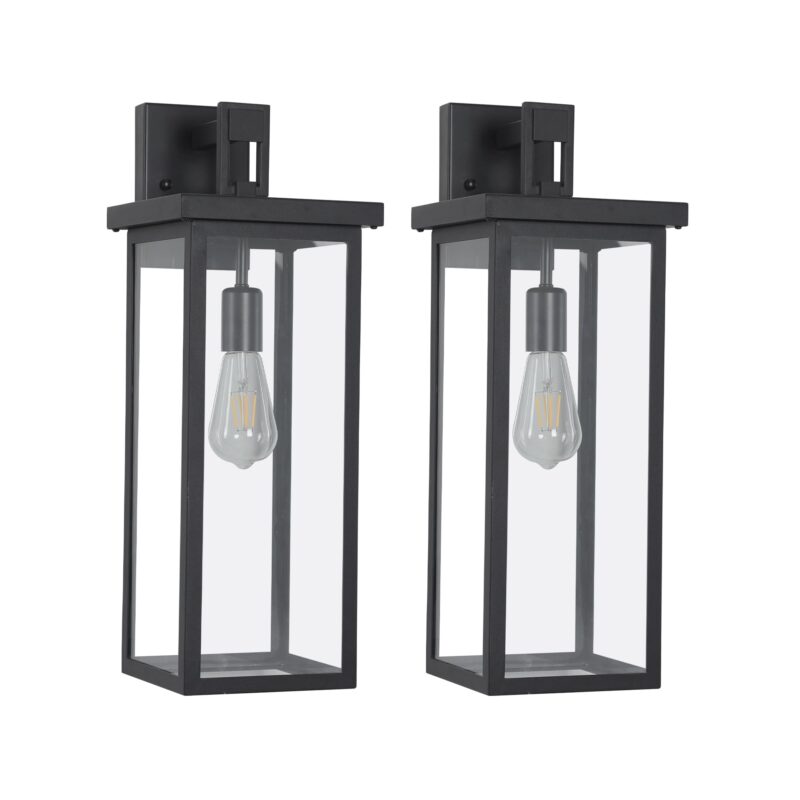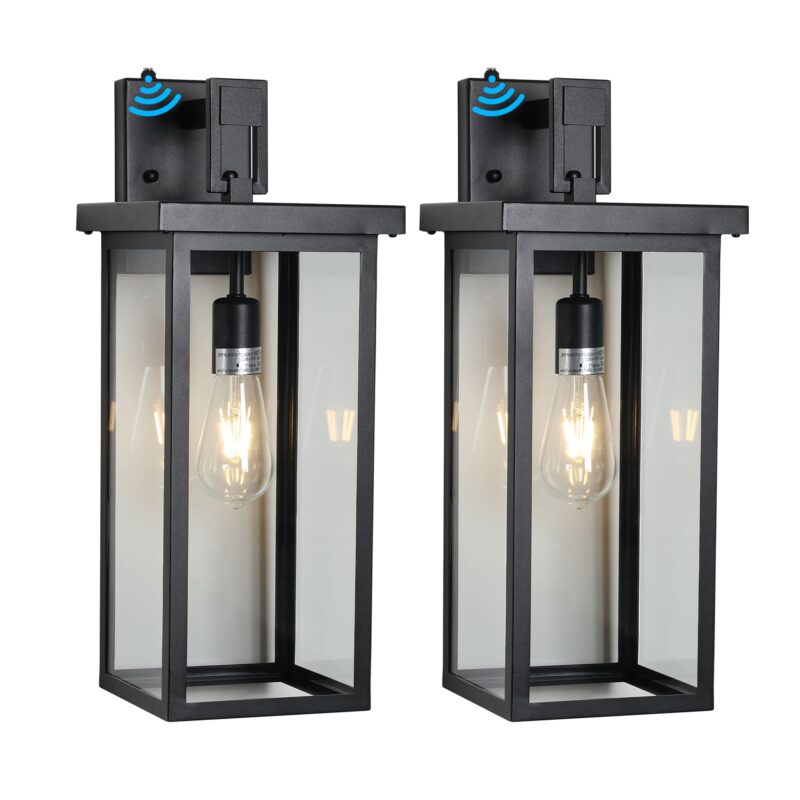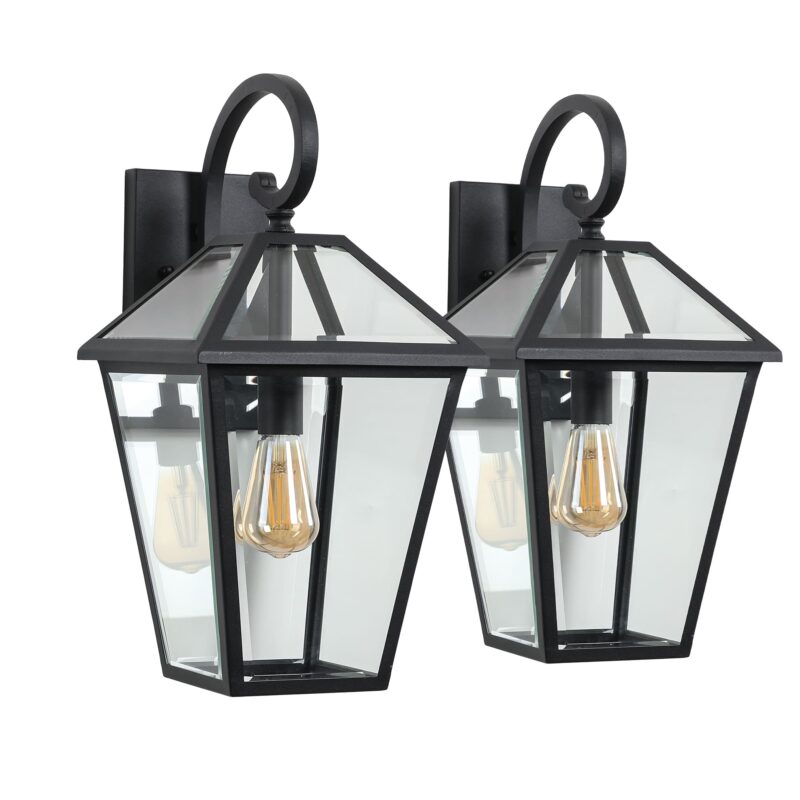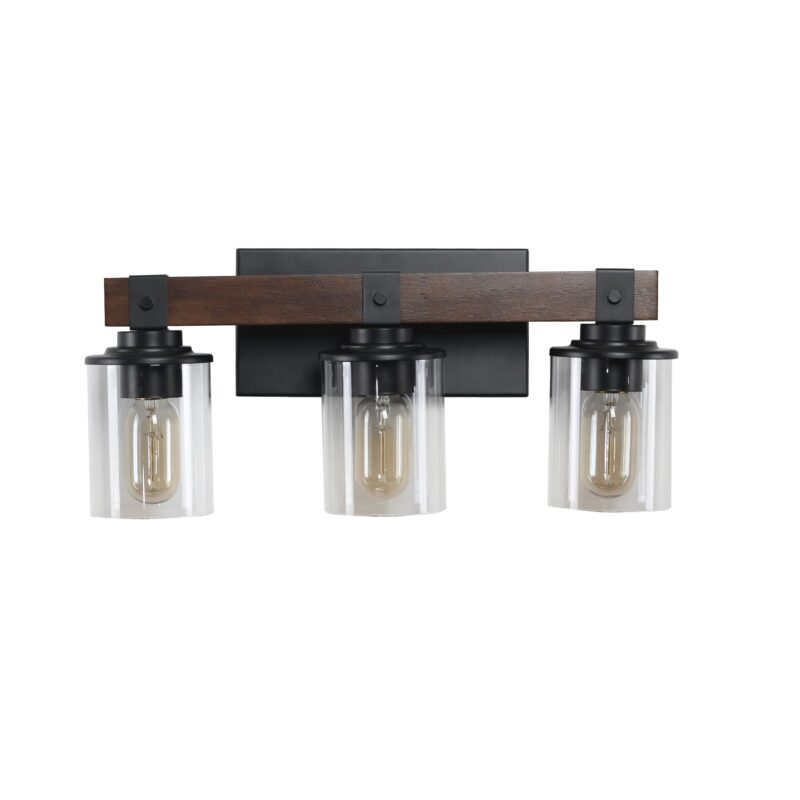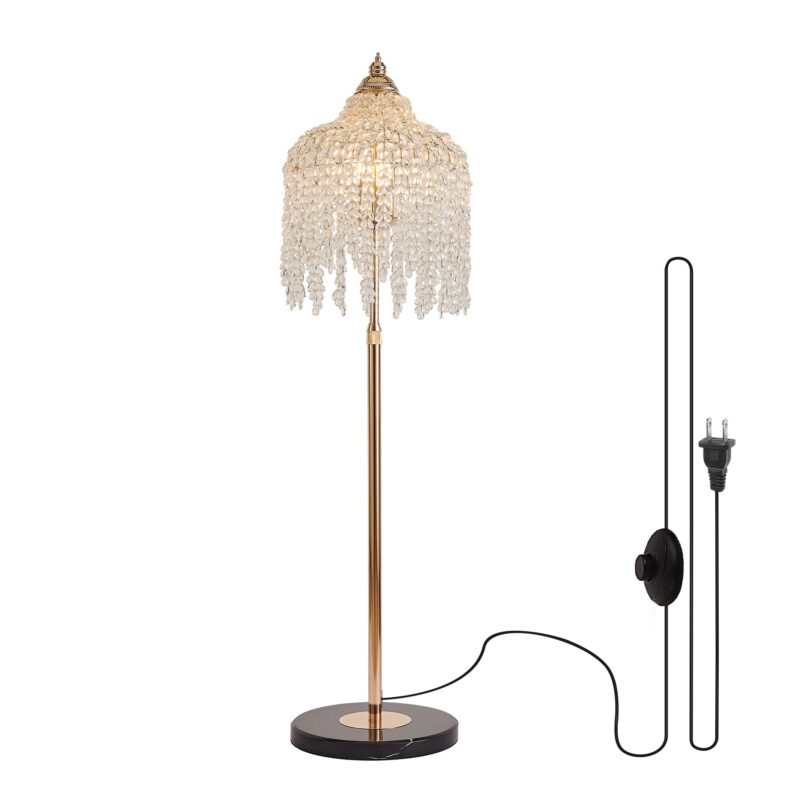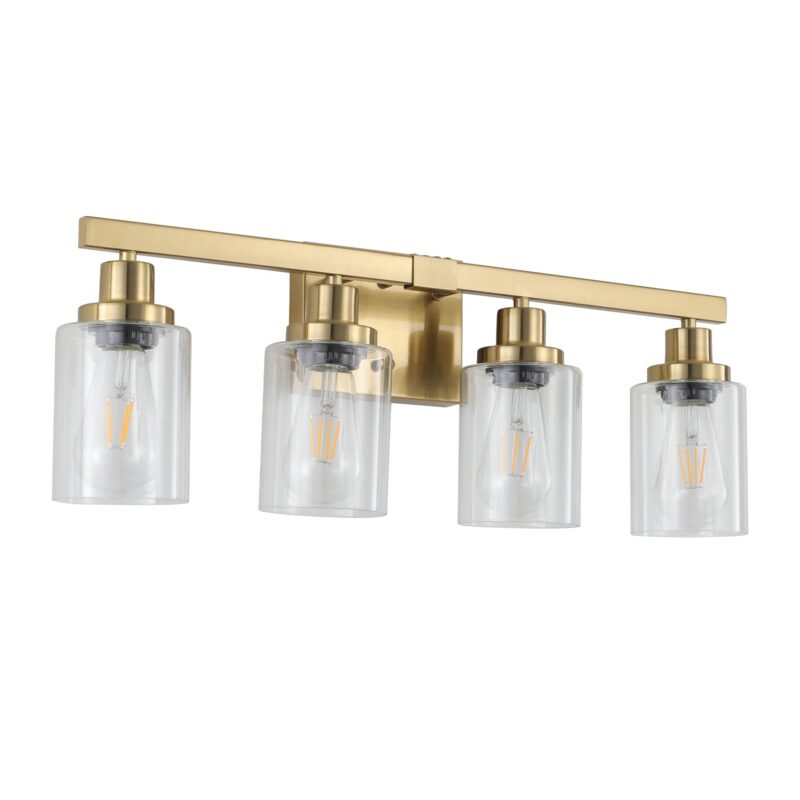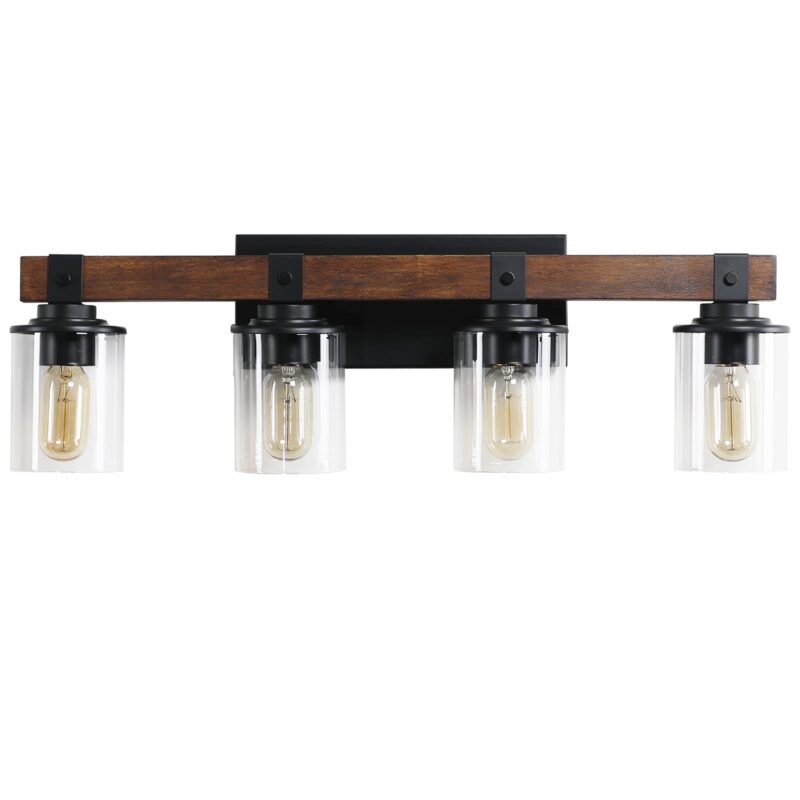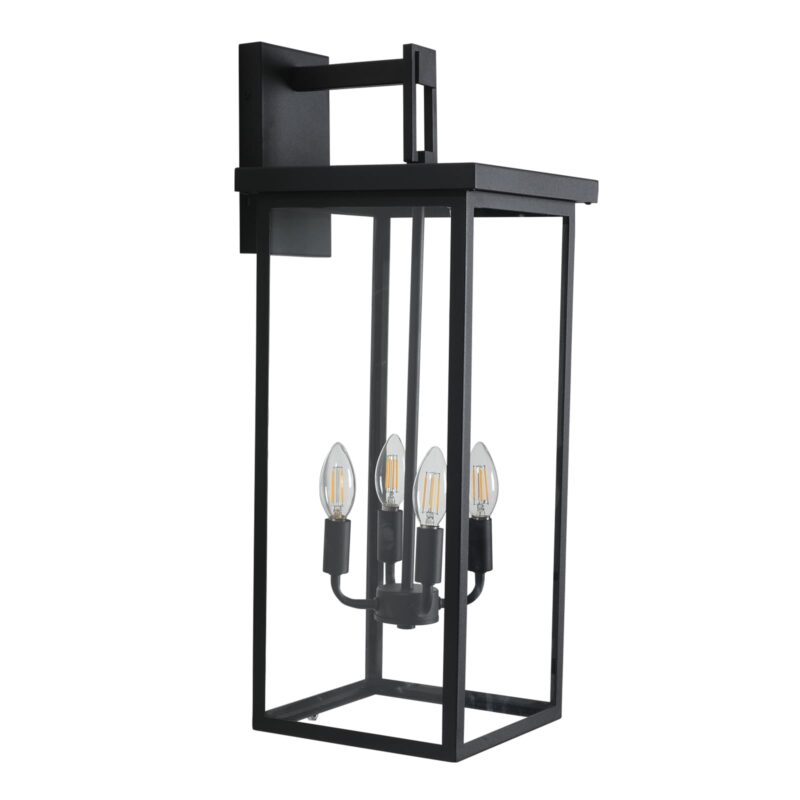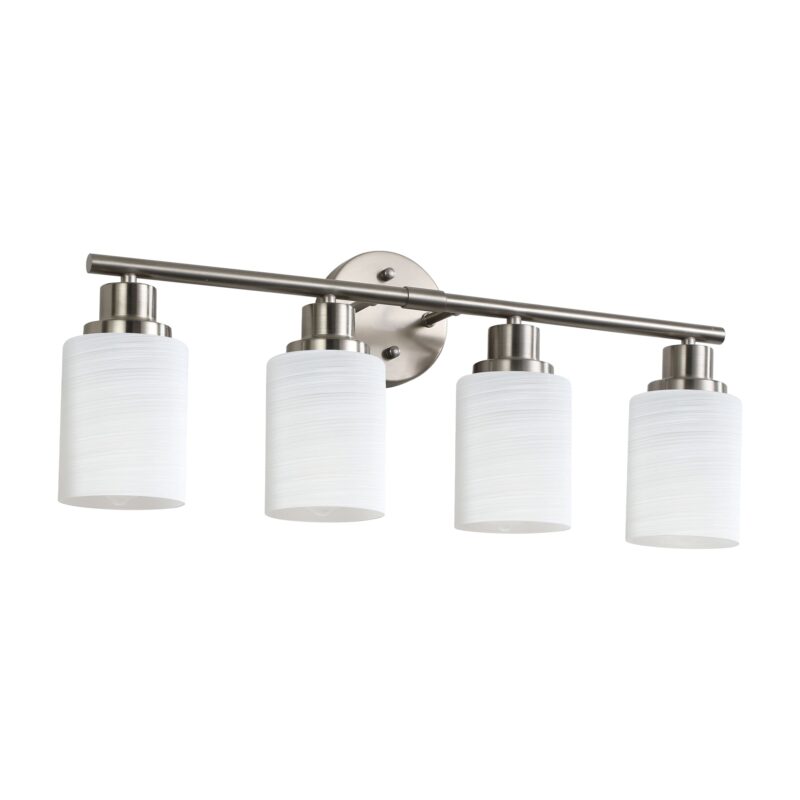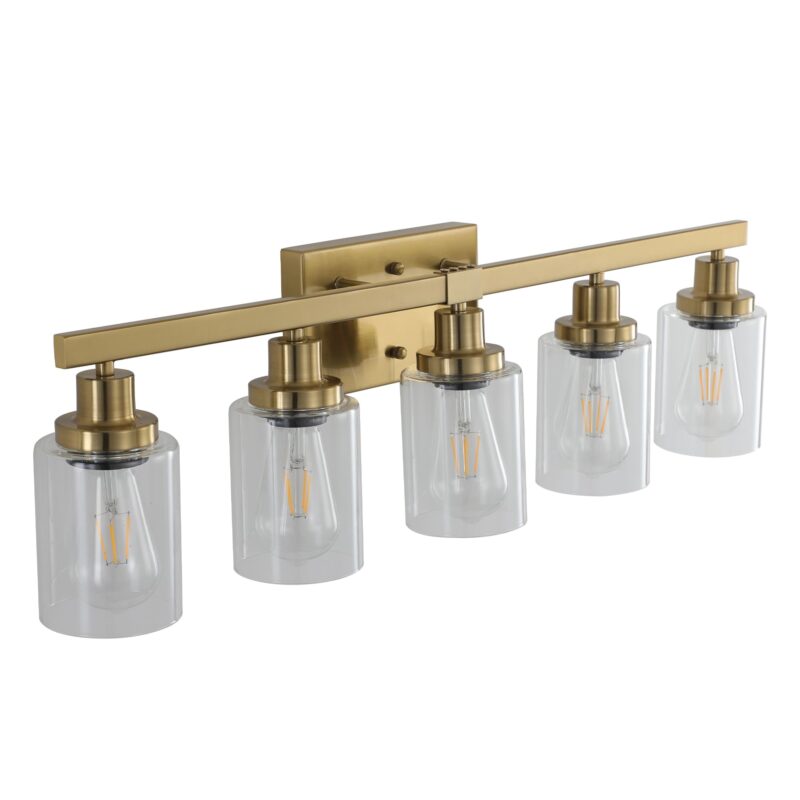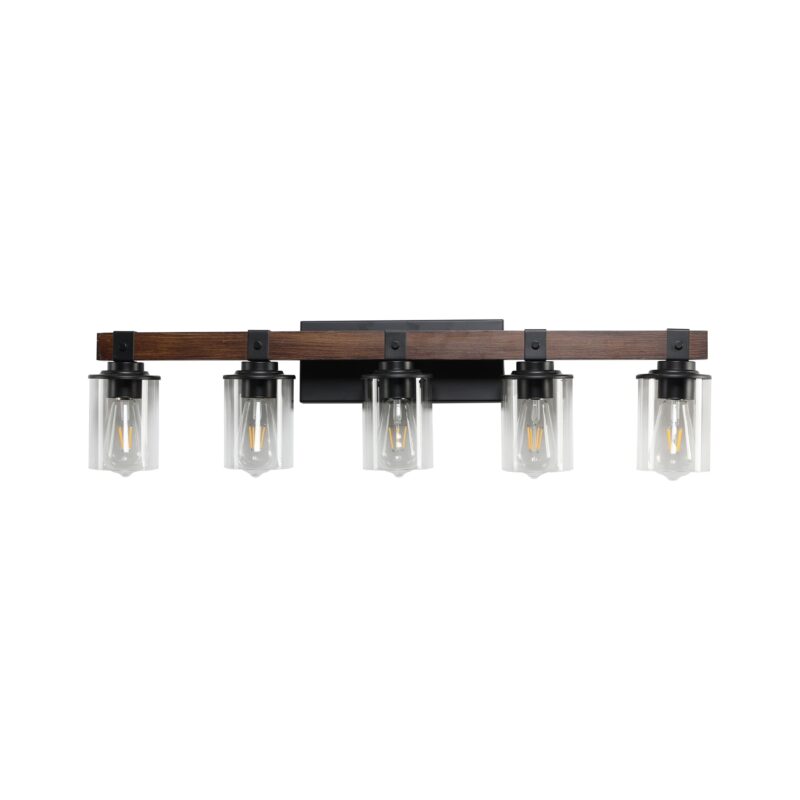Understanding UL and ETL Certifications: A Must-Know for US Lighting Retailers
You’re unboxing a new light fixture for your showroom. Tucked away on the base, you see a small, circular logo with the letters “UL” or “ETL.” It’s easy to ignore. It’s just a sticker, right? Wrong. That small mark is one of the most important features of the entire product. It is a silent promise of safety and quality, and for a US lighting retailer, understanding it is not optional—it’s essential.
For many business owners, these marks are a mystery. What do they mean? Are they legally required? Is one better than the other? This confusion creates a significant blind spot, exposing businesses to massive, unseen risks.
This guide will eliminate that confusion forever. We will pull back the curtain on the world of lighting safety certifications. You will learn what these marks mean, why they are non-negotiable for your business, how to tell a real mark from a fake, and how to use this knowledge to build a safer, more reputable, and more profitable lighting store. Ensuring the quality and safety of your products is a foundational part of building a trustworthy retail brand, a core theme we explore in our ultimate guide for independent lighting retailers.
Table of Contents
The Basics – What Are UL and ETL, and Who Says They Matter?
Let’s start with the absolute fundamentals. Getting this right is the key to understanding everything that follows. UL and ETL are not what most people think they are.
They Are Not Brands; They Are Proof of Testing
First things first: UL (Underwriters Laboratories) and ETL (Intertek) are not lighting manufacturers. You cannot buy a “UL lamp.” They are world-renowned, independent safety science companies. Their primary job is to test and certify products to ensure they are safe for public use. When you see their logo—or “mark”—on a light fixture, it is a seal of approval. It signifies that the product has been rigorously tested by an impartial third party and has been found to meet all of the nationally recognized safety standards for electrical products.
Introducing the “NRTL”: The Key to Understanding It All
So who gives UL and ETL the authority to do this? The answer is the U.S. government, specifically the Occupational Safety and Health Administration (OSHA). Both UL and ETL are officially designated as a Nationally Recognized Testing Laboratory (NRTL). Think of OSHA as the government agency that writes the rulebook for safety testing, and NRTLs as the officially approved referees who conduct the tests and make the calls. To be recognized as an NRTL, a laboratory must meet a stringent set of requirements, as detailed on the official OSHA website. This official government recognition is what gives their marks legal and commercial authority.
What Safety Risks Are They Testing For?
The tests conducted by UL and ETL are not about aesthetics. They aren’t concerned with whether a lamp’s finish is brass or bronze. Their focus is singular: safety. They perform a battery of tests designed to prevent two primary dangers:
- Fire Hazards: They test for proper wiring, heat dissipation, and the use of fire-resistant materials to ensure the fixture won’t overheat and start a fire.
- Electrical Shock Risks: They ensure the product is properly constructed and insulated to protect consumers from the risk of electrical shock during installation or use.
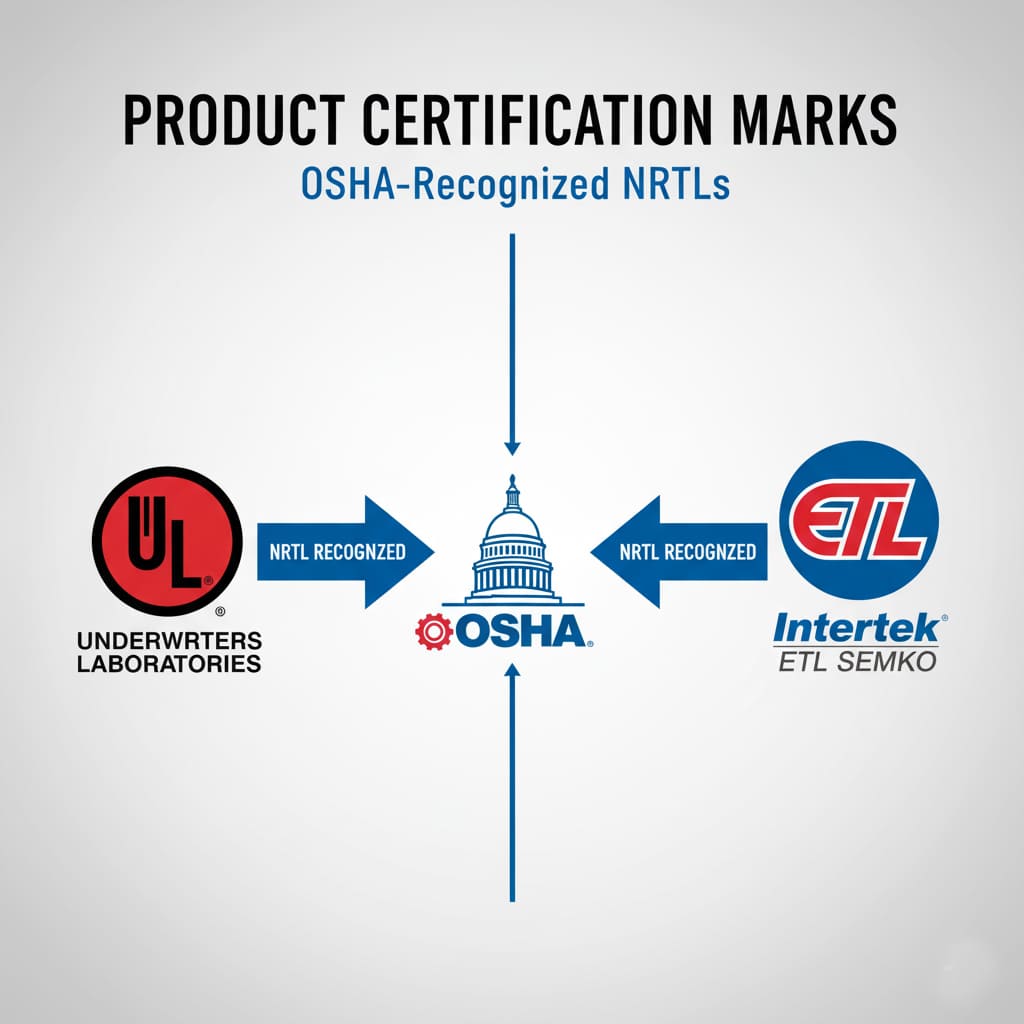
The Stakes – 4 Reasons Why Certification is Non-Negotiable for Your Business
Understanding what the marks mean is the first step. Understanding why they are absolutely critical to the survival and success of your business is the next. This isn’t just a matter of compliance; it’s a matter of sound business strategy.
Pillar 1: Legal & Financial Liability – Protecting Your Business from Catastrophe
“The most expensive mistake you can ever make is the one that puts your entire business at risk.”
This is the most serious reason. Selling a non-certified light fixture is a massive, and completely unnecessary, gamble. If that product were to malfunction and cause a fire or, even worse, injure a customer, the legal and financial consequences for your business could be catastrophic. In the investigation that follows, the first question asked will be, “Was the product certified by a recognized testing laboratory?” If the answer is no, the liability will fall squarely on the point of sale: you.
Furthermore, most business liability insurance policies contain clauses that can void your coverage if you are found to be knowingly selling products that do not meet established US safety standards. This means that at the very moment you need your insurance the most, you could find yourself completely unprotected.
Pillar 2: Customer Trust & Brand Reputation – The Currency of Modern Retail
In today’s market, trust is your most valuable asset. The UL or ETL mark on a product is a physical manifestation of that trust. It is a silent promise you make to every customer who walks into your store. It says, “I’ve done the hard work for you. I have vetted my suppliers and curated a collection of products that I know are safe for your home and your family.”
Being able to confidently explain what these marks mean elevates you from a simple seller to a trusted expert. This expertise is a huge part of the value you provide, and it’s a powerful way to justify why your products are a better, safer choice than a cheap, uncertified alternative from a faceless online marketplace. A single incident involving an unsafe product can create a firestorm of negative online reviews that can permanently damage the reputation you’ve worked so hard to build.
Pillar 3: Market Access – The Gatekeepers Who Demand Certification
Even if you were willing to take the risk, the professional market won’t let you. Selling uncertified products will lock you out of the most lucrative B2B sales channels.
| Gatekeeper | Why They Demand Certification | The Consequence of Non-Compliance |
|---|---|---|
| Licensed Electricians | They are bound by the National Electrical Code (NEC), which requires certified products. Installing an uncertified fixture puts their license and liability at risk. | They will refuse to install your products. |
| Building Inspectors | Their job is to enforce local building codes, which are almost always based on the NEC. They are trained to look for these marks on all hardwired fixtures. | They will fail a final inspection, causing costly project delays for your customer. |
| Interior Designers & Architects | As professionals, they specify only safe, compliant products to protect their clients and their own professional reputation. | You will be blacklisted as an unreliable and unprofessional source. |
The bottom line is simple: if you want to sell to the profitable market of trade professionals, selling only certified products is the mandatory price of entry. This is a key part of building a strong professional network, as we discuss in our guide.
Pillar 4: Profitability & Business Health – The Counterintuitive Financial Benefits
It might seem like certified products, with their associated testing costs, would be more expensive and less profitable. The opposite is often true. The rigorous testing process required for certification naturally weeds out products made with shoddy wiring, cheap components, and poor construction. As a result, certified products tend to have significantly lower defect and failure rates. This translates into fewer costly returns, fewer time-consuming customer service issues, and a higher overall net profit for your business.
A higher-quality product leads to fewer returns, which directly protects your bottom line. It’s a simple equation that many retailers overlook. We explore the financial impact of returns in detail in our guide on supplier return policies.
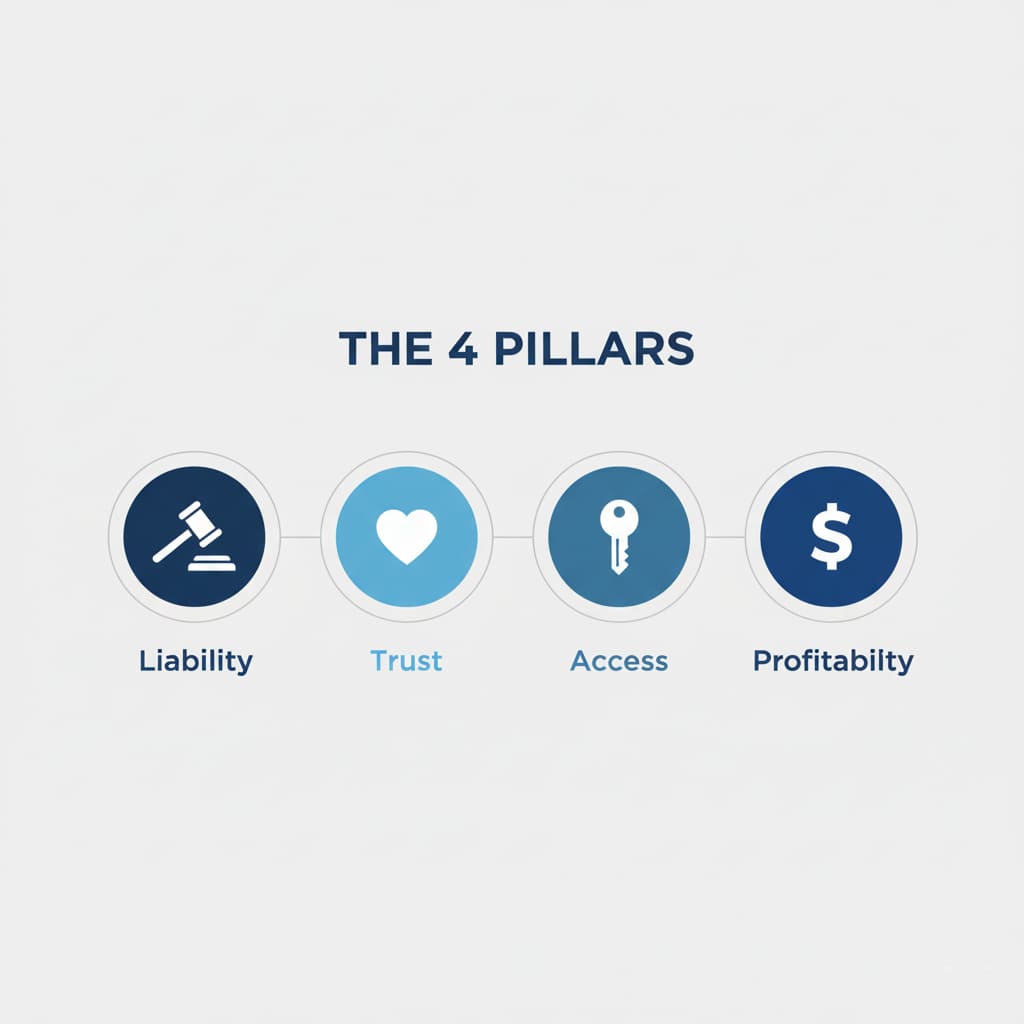
The Big Debate – Is UL Better Than ETL?
This is one of the most common questions retailers ask, and the answer is surprisingly simple. It’s a classic example of brand recognition versus technical reality.
The Surprising Answer: For Your Purposes, No.
Let’s be direct and unambiguous: Both the UL and ETL marks signify that a product has been tested by an accredited NRTL and meets the exact same safety standards. From a legal, compliance, and safety standpoint, they are absolutely equivalent. One is not “better” or “safer” than the other.
Why the Perception of a Difference Exists
The perception of a difference comes down to history and marketing. UL (Underwriters Laboratories) has been around since 1894 and, for a very long time, they were the only major player in the game. Their brand recognition is immense; they are the “Kleenex” or “Band-Aid” of safety certifications. ETL (a mark owned by Intertek, a global testing lab) is a newer but equally accredited competitor. They test to the exact same standards as UL but are often known for being faster and more flexible, which has made them a popular choice for many modern manufacturers.
| Factor | UL (Underwriters Laboratories) | ETL (Intertek) |
|---|---|---|
| Accredited by OSHA as an NRTL? | Yes | Yes |
| Signifies Compliance with US Standards? | Yes | Yes |
| Legally and Functionally Equivalent? | Yes | Yes |
| Brand Recognition with Consumers | Very High | Lower, but high within the industry. |
Your job as a retailer is not to prefer one over the other. Your job is to ensure that at least one of these legitimate NRTL marks is present on every electrical product you sell.
The Process & The Pitfalls – How Certifications Work and How to Spot Fakes
Understanding the process behind the mark gives you a deeper appreciation for its value. It also equips you to spot unscrupulous suppliers who might try to cut corners.
How Does a Product Actually Get Certified?
Getting a UL or ETL mark is a long, expensive, and rigorous process for a manufacturer. It involves four key stages:
- Submission and Review: The manufacturer submits product schematics, component lists, and prototypes for scientific review.
- Rigorous Product Testing: The product is subjected to a battery of intense tests, including heat tests, electrical surge tests, durability tests, and more.
- The Critical Factory Inspection: The NRTL sends inspectors to the factory to ensure that the facility has the processes in place to manufacture the product consistently and safely every time.
- Ongoing Quarterly Inspections: This is a crucial detail. Certification is not a one-time event. The NRTL conducts unannounced inspections at the factory every quarter to ensure that the manufacturer is still using the approved components and processes. This ensures ongoing compliance.
How Can I Tell if a Certification Mark is Real?
Unfortunately, counterfeit marks from overseas factories are a real problem. But you have a powerful tool to protect yourself: the official online databases.
“Trust, but verify.” This is the mantra of a smart retailer.
- For UL Marks: You can verify any legitimate UL file number or company name in their official UL Product iQ Database.
- For ETL Marks: You can verify any ETL certification in the official Intertek Certified Product Directory.
If a supplier is hesitant to provide a certificate file number, or if the number they provide doesn’t show up in these official databases, consider it a massive red flag.
Beware the Traps: “CE” and “UL Recognized Component”
Two other marks often cause dangerous confusion:
- The CE Mark Warning: The CE mark is a self-declared standard for products sold in the European Union. It is not a third-party safety certification and has no legal standing or recognition in the United States. A product with only a CE mark is not considered certified for the US market.
- “UL Recognized Component” vs. “UL Listed”: This is a critical distinction. A “Recognized Component” mark (it looks like a backwards “UR”) means only one small part of the product (like the power cord or a switch) has been tested. The full “UL Listed” mark (the classic circle) means the entire, fully assembled product has been tested for safety. For a finished light fixture, you must look for the “Listed” mark.
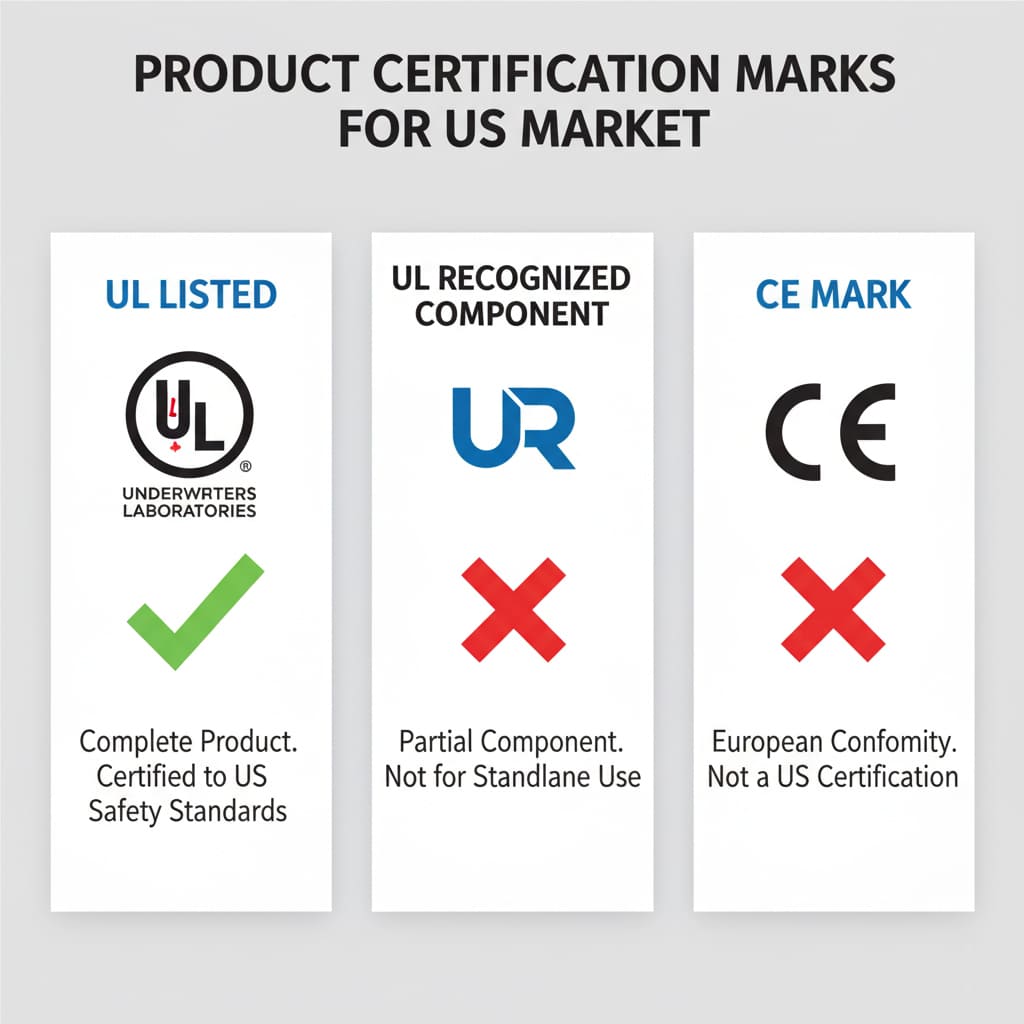
Your Role as the Retailer – The Final Gatekeeper of Safety
Ultimately, you are the final checkpoint in the supply chain before a product reaches a customer’s home. This is a responsibility that must be taken seriously, and your choice of supplier is the most important decision you will make in fulfilling that duty.
How Does My Choice of Supplier Affect My Compliance and Risk?
Your sourcing model directly determines your level of responsibility and risk.
| Responsibility | Direct Import Model | Domestic Partner Model |
|---|---|---|
| Vetting the Factory for Safety Compliance | YOURS | Your Supplier’s |
| Verifying the Authenticity of Certifications | YOURS | Your Supplier’s |
| Bearing the Primary Legal Liability | YOURS (as the Importer of Record) | Shared / Primarily Your Supplier’s |
When you source directly from an overseas factory, you are the legal importer of record. The burden of ensuring safety and compliance falls 100% on you. A reputable domestic supplier who operates a US warehouse takes on this immense burden for you. They are the professional importer. They have the expertise and the resources to ensure every product they sell is fully compliant and safe. This is one of the most important factors to consider when you compare domestic vs. international suppliers. It should be question #1 on your list when you vet any potential new wholesale partner.
More Than a Sticker – A Symbol of Your Professionalism
The UL and ETL marks are not just bureaucratic red tape. They are a critical shield against liability, a key that unlocks access to the professional market, and a powerful, visible symbol of your brand’s commitment to quality and safety. Understanding and insisting on them is a hallmark of a professional, responsible, and successful lighting retailer.
This knowledge is a competitive advantage. You are now equipped to make safer sourcing decisions, build greater trust with your customers, and protect your business for the long term. That is peace of mind you can’t put a price on.
Ready to Build Your Business on a Foundation of Trust?
Partner with a supplier who takes safety as seriously as you do. At Lighting Depot USA, every product we offer is rigorously tested and certified to meet US safety standards, giving you and your customers complete peace of mind.
Now that you’ve mastered the crucial topic of safety compliance, integrate this knowledge into your complete business framework. Return to our ultimate guide for independent lighting retailers to continue building your strategy for success.
About LightingDepotUSA
The LightingDepotUSA Editorial Team specializes in wholesale lighting trends, showroom strategies, and supply chain solutions tailored for independent retailers across the U.S. With years of experience in both manufacturing and distribution, we provide practical insights to help small businesses grow, reduce costs, and stay competitive.
View all posts by LightingDepotUSA
